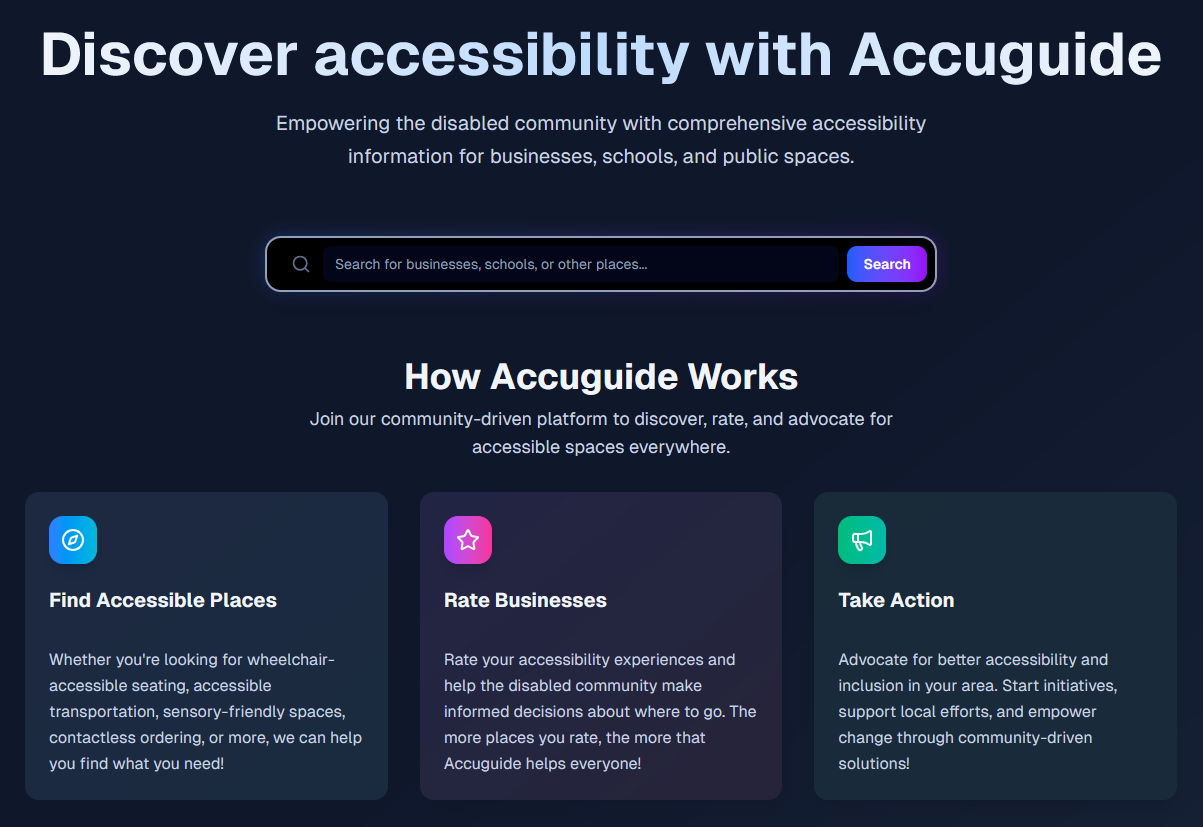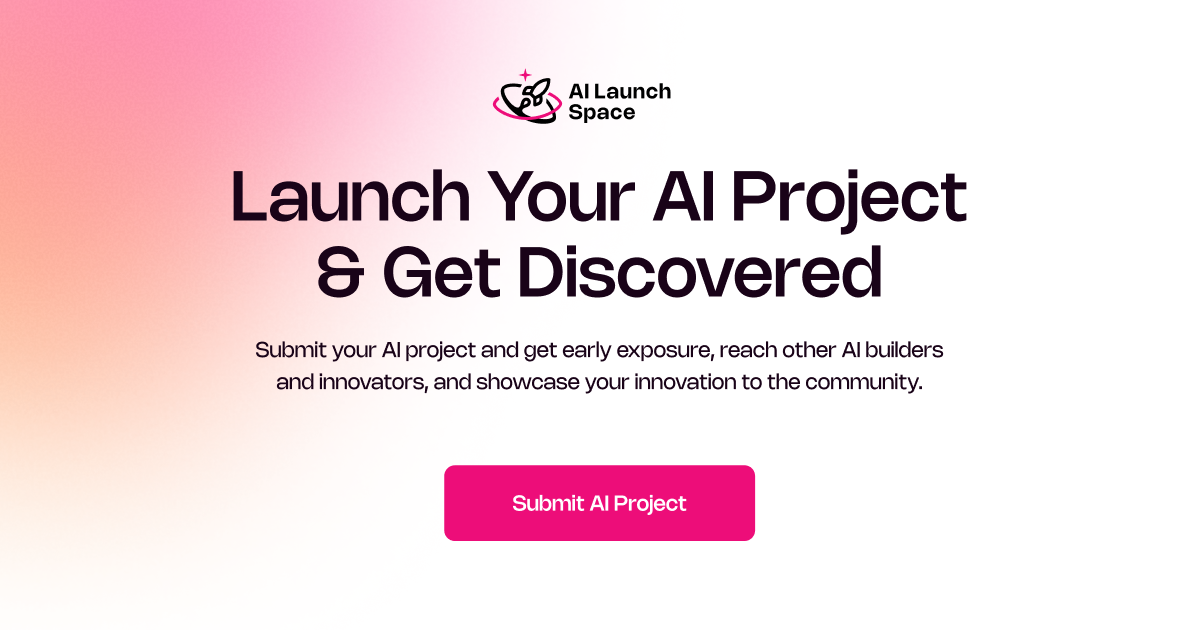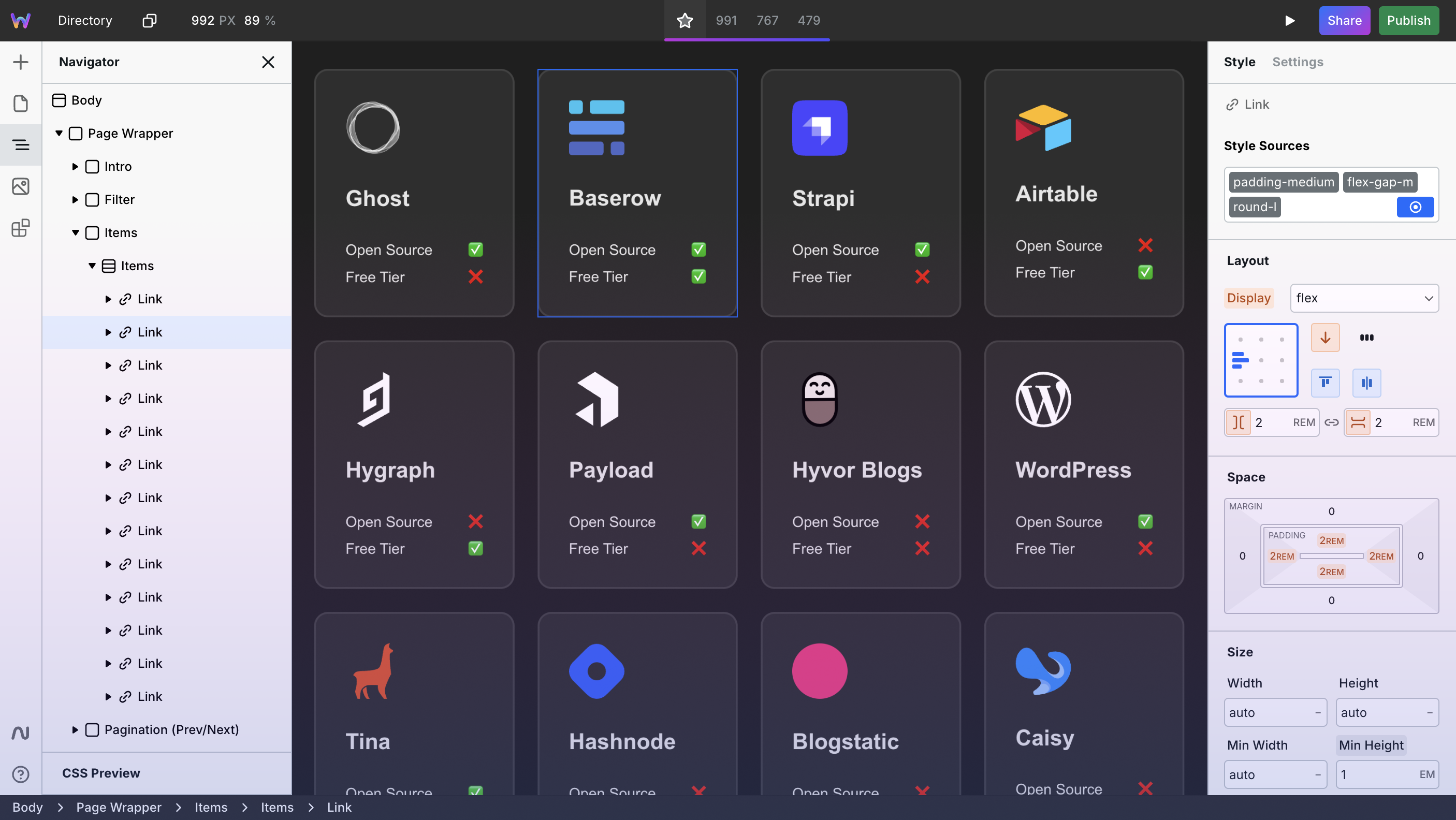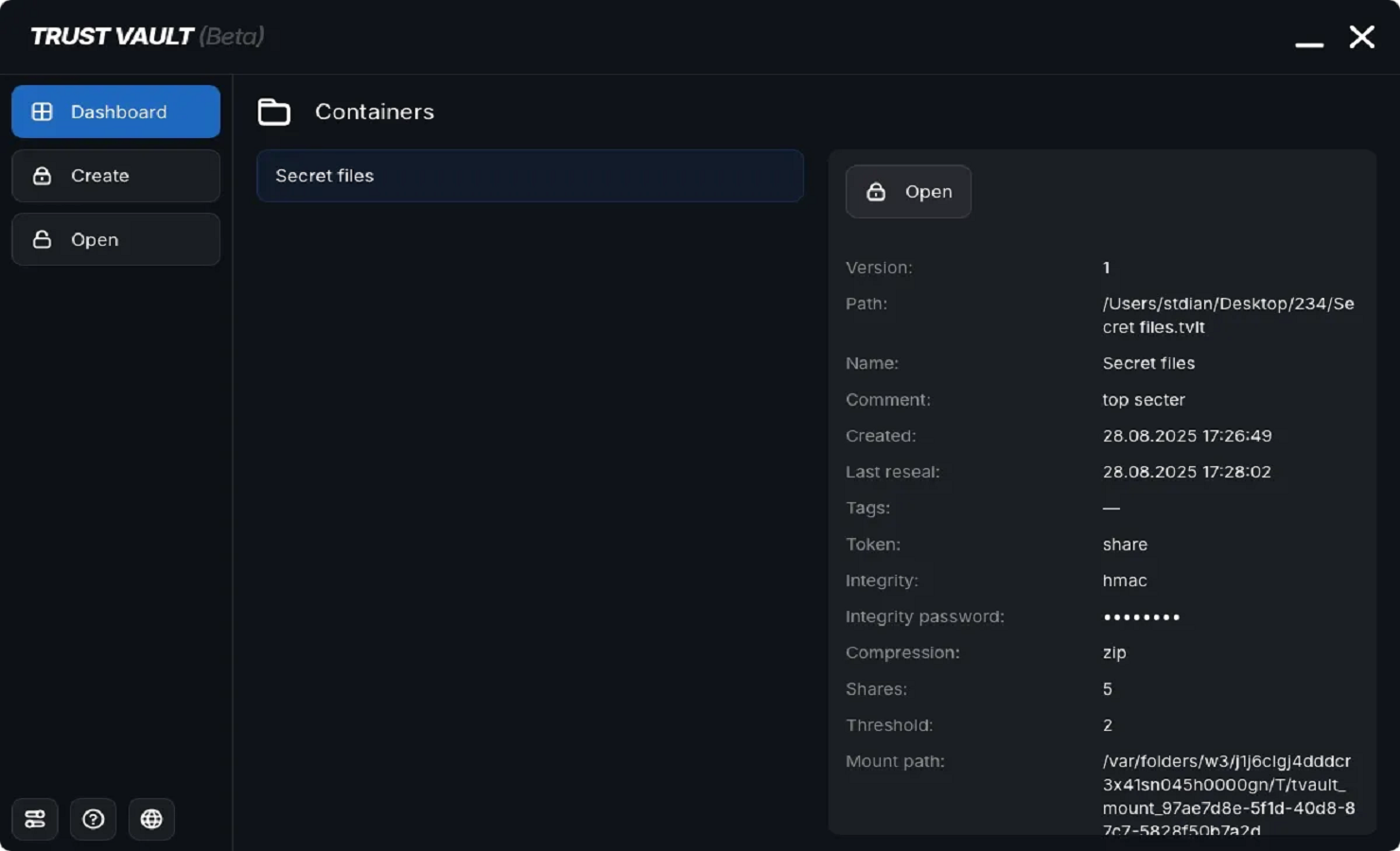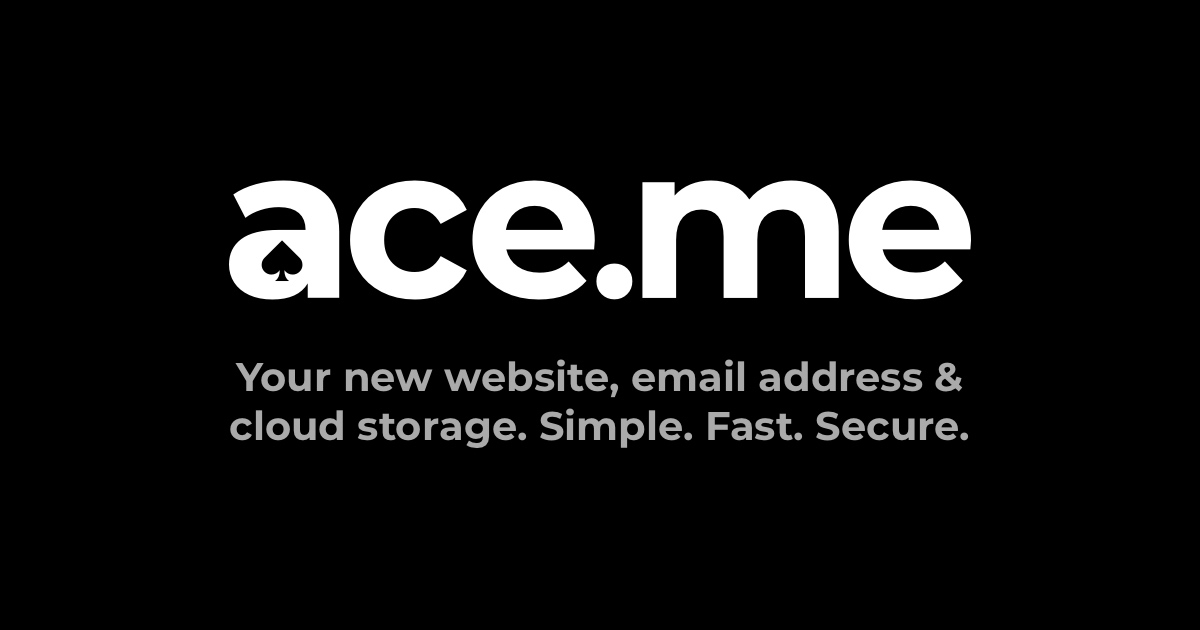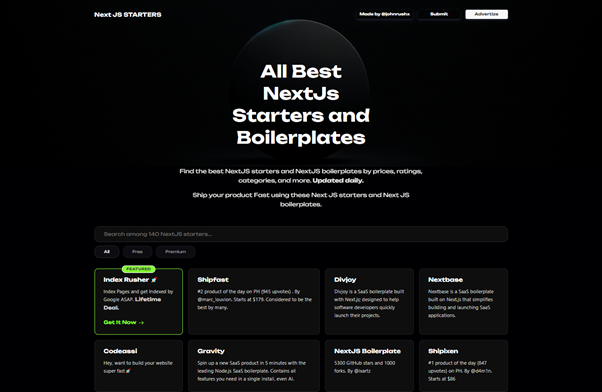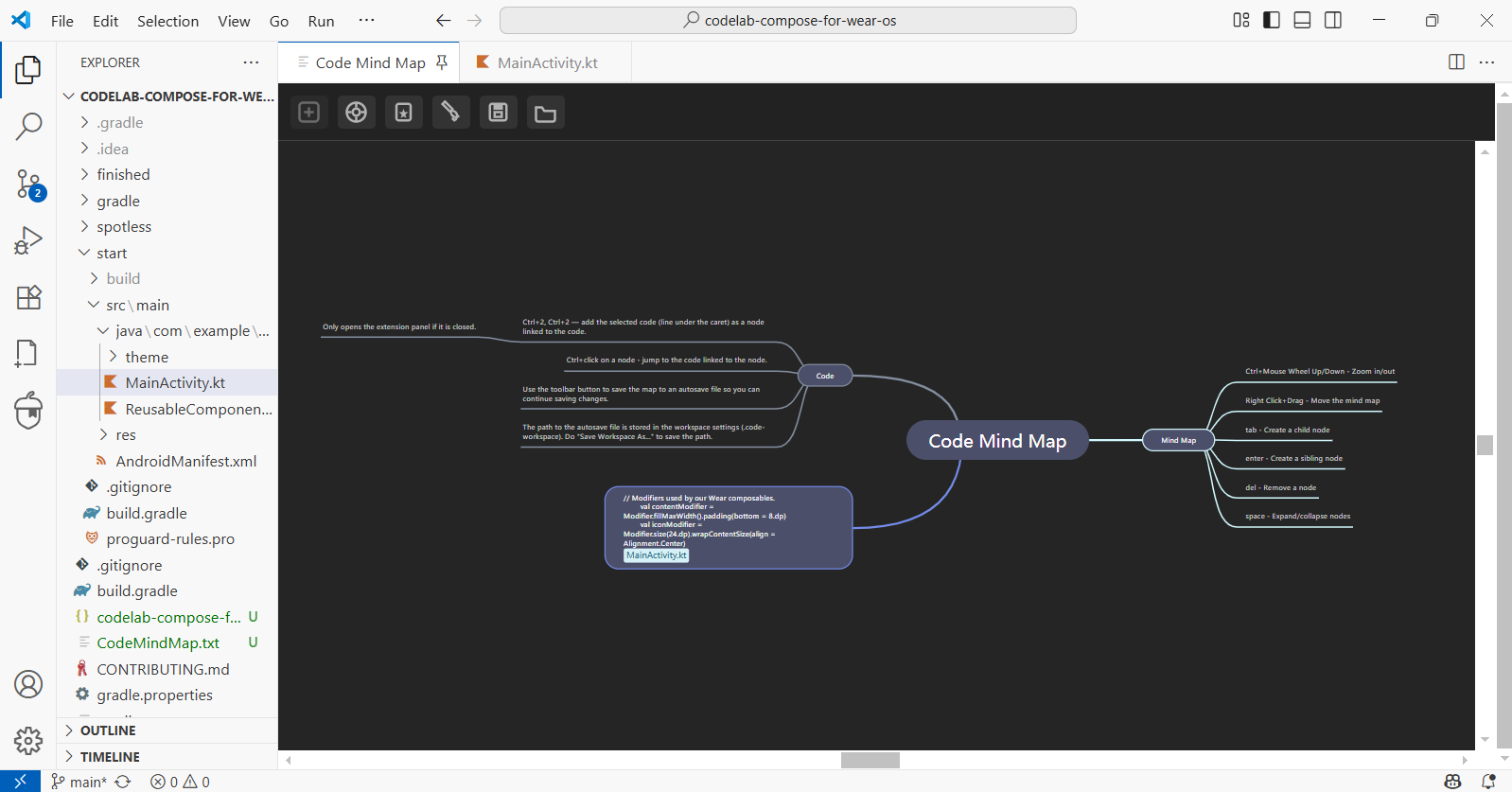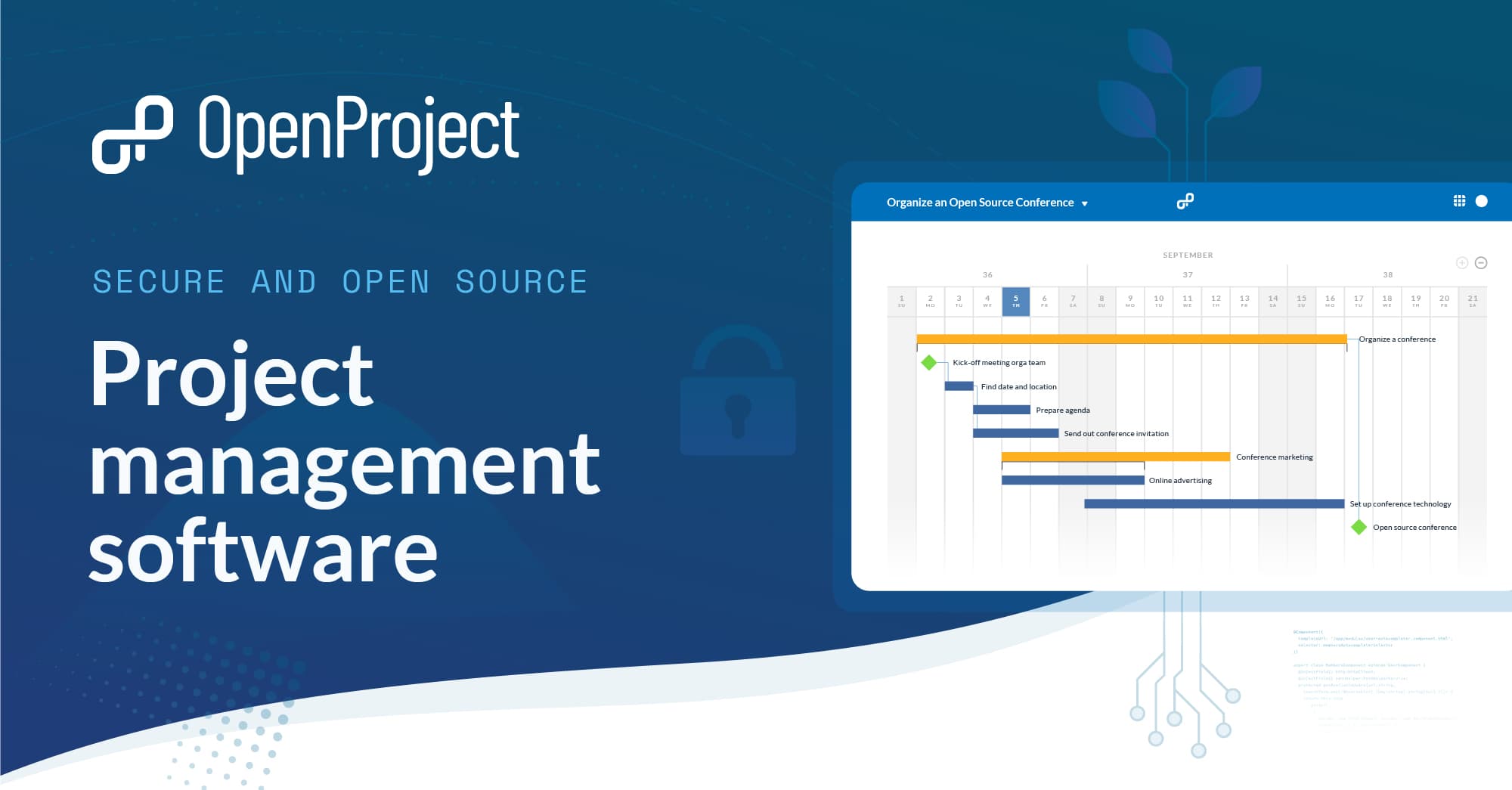IntroductionHeyForm is a simple yet powerful open-source SaaS designed for Small and Medium-sized Enterprises (SMEs) to effortlessly create engaging online forms. It provides modern features for collecting and analyzing data through highly customizable forms, integrating with various applications, and streamlining workflows.Key FeaturesBranded Customization: Create unique forms that perfectly reflect your brand's personality with extensive customization options for fonts, colors, logos, and backgrounds.Intelligent Form Logic: Leverage AI Copilot for rapid form creation, implement dynamic conditional logic, and utilize hidden fields with variables to capture precise data.Multiple Endings: Tailor user journeys with customized messages, redirects, or next steps based on their responses, enhancing engagement and completion rates.Responsive Design: Build forms that automatically adapt and work seamlessly across all devices, including mobile, tablet, and desktop, ensuring broad accessibility.Ready-Made Templates: Access a wide array of pre-built templates suitable for various industries and purposes, simplifying the form creation process.Extensive Integrations: Connect HeyForm with your essential everyday tools, including reporting, payment gateways, analytics, marketing, and automation platforms.Use CasesHeyForm is versatile, serving a wide range of business needs. For creators, it simplifies the setup of contact forms, customer feedback surveys, and workshop registrations. Product teams can utilize it for gathering product feedback, managing product registrations, and processing product orders efficiently.Marketing professionals benefit from its ability to create effective free trial forms, lead capture forms, and referral programs. HR departments can streamline processes like exit interviews, job applications, and employee satisfaction surveys. Customer support teams can deploy forms for client satisfaction, brand surveys, and collecting customer testimonials. Furthermore, educational institutions can use HeyForm for student enrollment, teacher feedback, and student surveys, making it an invaluable tool for data collection across diverse sectors.Pricing InformationHeyForm operates on a freemium model, allowing users to get started for free. As an open-source and bootstrapped company, it is funded entirely by its users, ensuring growth on its own terms without external pressures. This model likely includes free access to core features with potential paid tiers for advanced functionalities or dedicated support.User Experience and SupportUsers consistently praise HeyForm for its elegant, intuitive, and user-friendly interface, making form creation and sharing remarkably easy. Everything is designed to be easily accessible from the main page, contributing to a smooth user experience. While specific documentation or tutorial details aren't provided, the presence of a "Help Center" link suggests comprehensive support resources are available.Technical DetailsHeyForm is an open-source project, indicating transparency and community-driven development. Its backend is built using NestJS, a progressive Node.js framework, which contributes to its well-written code and robust dependency management.Pros and ConsPros: Simple and powerful, highly customizable branding, intelligent features like AI Copilot and conditional logic, excellent responsiveness across devices, extensive template library, seamless integrations, open-source and community-backed, intuitive user interface.Cons: Some users have expressed a desire for more flexibility in design options, which might imply a slight learning curve for highly specific aesthetic customizations.ConclusionHeyForm offers a compelling solution for SMEs seeking to create smart, branded, and responsive online forms with ease. Its open-source nature, combined with powerful features and extensive integrations, makes it a highly dependable tool for efficient data collection and workflow automation. Sign up today for free to experience how HeyForm can transform your data gathering process.
